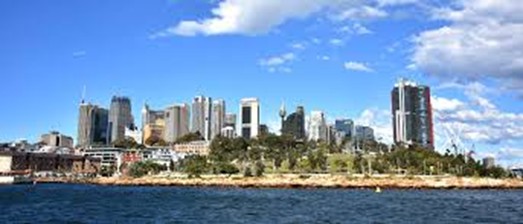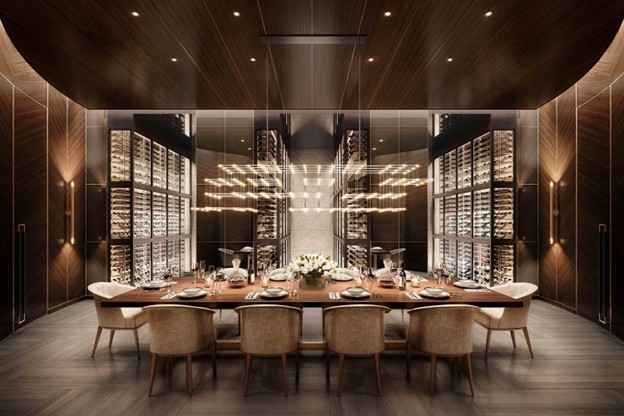
The design of public and private spaces is critical in shaping how communities interact, connect, and thrive. Flexible space design, a concept that emphasizes adaptability and multifunctionality, is increasingly recognized by real estate developers and urban planners alike as a powerful tool to enhance community engagement. By allowing spaces to evolve in response to the changing needs and desires of their users, flexible designs foster social interaction, inclusivity, and a stronger sense of belonging. This article explores how flexible space design influences community engagement, its benefits, challenges, and real-world examples showcasing its transformative potential.
Flexible space design refers to the architectural and planning approach that creates environments capable of serving multiple functions and adapting over time. Unlike rigid, single-purpose spaces, flexible designs incorporate movable partitions, modular furniture, multipurpose zones, and technology-enabled features to support a variety of activities and user groups.
In community settings, such flexibility means a park can host a farmers market one day and a concert the next, a community center can transform from a daycare to an event hall, or a plaza can accommodate art installations and social gatherings. This adaptability allows spaces to remain vibrant and relevant, encouraging repeated use and diverse participation.
Community engagement involves the active participation of residents in social, cultural, and civic activities that contribute to the wellbeing and development of their neighborhood. The physical environment significantly influences the level and quality of this engagement. Spaces that are welcoming, accessible, and versatile foster interactions among people from different backgrounds, thereby nurturing social capital - the networks of relationships that enable communities to function effectively.
Flexible space design enhances community engagement by:
Encouraging Diverse Uses: Spaces that can be reconfigured attract a broader range of activities and user groups, from youth programs and cultural festivals to exercise classes and informal gatherings.
Promoting Inclusivity: Adaptable environments can be tailored to accommodate people of all ages, abilities, and cultural backgrounds, making participation easier and more appealing.
Supporting Spontaneity and Creativity: By removing fixed constraints, flexible spaces invite users to activate and personalize their environment, fostering ownership and pride.
Facilitating Collaboration: Shared spaces designed for multiple functions become hubs where residents, local organizations, and businesses connect and collaborate.
When a space can host various activities, it attracts diverse groups who might not otherwise interact. For example, a community plaza that serves as a weekend market, weekday meeting spot, and evening performance venue provides multiple reasons for residents to gather, building relationships and trust.
Spaces designed to accommodate different needs and schedules remove barriers to participation. Families can attend daytime educational programs while young adults enjoy evening workshops or fitness classes. The ability to adjust layouts or provide accessibility features ensures everyone can engage comfortably.
This also helps support local economies by providing venues for pop-up shops, craft fairs, and food festivals. These events showcase local entrepreneurs and artists, boosting cultural expression and economic opportunity within the community.
By serving multiple functions, flexible spaces maximize resource use and reduce the need for separate, single-use facilities. This efficiency supports sustainability goals and makes communities more resilient to changes such as population growth or shifting social dynamics.
Despite its many benefits, designing and managing flexible spaces presents certain challenges:

Design Complexity: Creating spaces that are truly adaptable while maintaining aesthetics and functionality requires careful planning and innovative materials.
Cost Considerations: Initial investments can be higher due to specialized furniture, technology, or construction methods. However, these costs are often offset by long-term savings.
Management and Scheduling: Flexible spaces require active management to coordinate uses, maintain equipment, and ensure equitable access.
Community Buy-In: Successful flexible spaces depend on understanding local needs and involving residents in the design and programming process.
The High Line, a transformed elevated railway turned public park, exemplifies flexible space design. It combines walking paths, seating areas, gardens, and performance spaces within a linear park. Its adaptable design hosts art exhibits, yoga classes, and community events, drawing diverse visitors and fostering a shared urban experience.
Helsinki’s Oodi Library is more than a traditional library; it’s a multipurpose community hub. Flexible interiors can be rearranged for workshops, concerts, co-working, or children’s activities. The space encourages lifelong learning and social interaction, reflecting the community’s evolving needs.
Barangaroo Reserve is a waterfront park designed with versatile spaces for recreation, education, and cultural events. Its open lawns, amphitheater, and picnic areas adapt to festivals, fitness programs, and community gatherings, strengthening local identity and inclusivity.
To maximize the impact of flexible space design on community engagement, consider the following best practices:
Community-Centered Planning: Engage residents early to understand their needs, preferences, and cultural context.
Scalable and Modular Elements: Use movable walls, foldable furniture, and modular infrastructure that allow quick reconfiguration.
Technology Integration: Incorporate smart lighting, sound systems, and digital booking platforms to enhance usability and coordination.
Accessibility and Safety: Ensure spaces are ADA-compliant, well-lit, and secure to welcome all users.
Sustainable Materials and Practices: Use eco-friendly building materials and design for energy efficiency and water conservation.
Ongoing Management: Establish dedicated teams or partnerships for programming, maintenance, and community outreach.
As cities face ongoing social and environmental challenges, flexible space design offers a promising path forward. The COVID-19 pandemic, for example, highlighted the need for spaces that can quickly adapt to changing public health guidelines and community needs, from open-air markets to socially distanced event layouts.
Emerging technologies, such as augmented reality and IoT sensors, will further enhance the adaptability of spaces, providing real-time data to optimize usage and customize experiences. Additionally, a growing focus on equity and inclusion will drive designers to create spaces that not only adapt physically but also culturally, ensuring all community voices are heard and represented.
Flexible space design is more than an architectural trend, it is a vital strategy for fostering vibrant, resilient, and engaged communities. By creating environments that respond dynamically to the evolving needs of their users, flexible spaces break down barriers, encourage diverse interactions, and build stronger social fabrics. As cities and neighborhoods continue to grow and change, embracing flexibility in space design will be key to unlocking the full potential of community engagement and wellbeing.